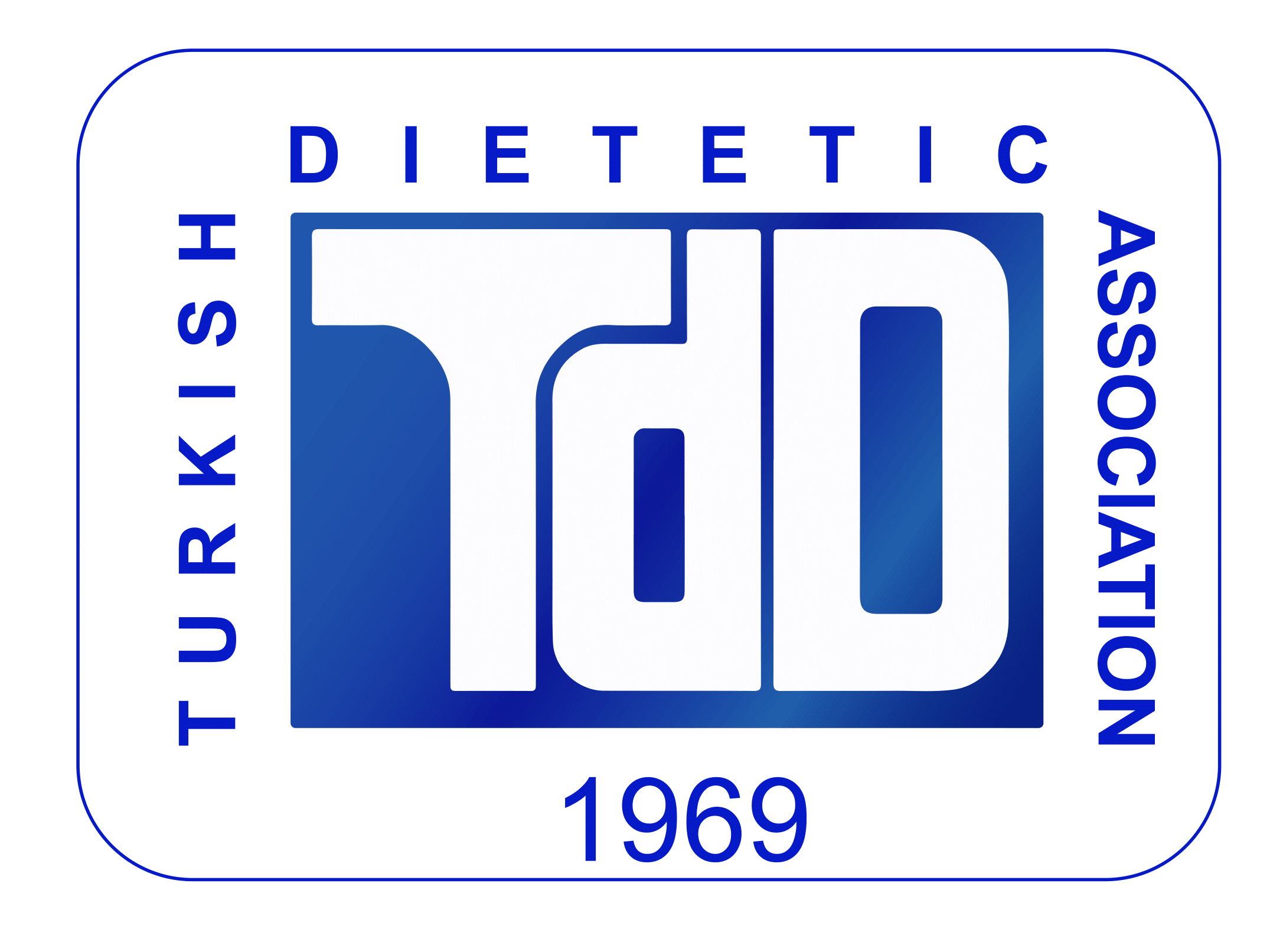The Effects of Omega-3 Fatty Acids on Neurological and Visual Development
Keywords:
Omega-3 fatty acids, docosahexaenoic acid, neurological development, human milk, fish oilAbstract
The effects of long chain n-3 polyunsaturated fatty acids (LCPUFA, primarily docosahexaenoic acid [DHA]) on an infant’s growth, development and health have been known for many years. These fatty acids comprise approximately 15-30% of brain’s dry weight and start to accumulate in brain and retinal cells during the neuronal growth spurt which originates from the last trimester of pregnancy and continues until the age of 2. This early accumulation plays an important role for proper functioning and development of brain and retina and also effects later neural and visual functions of the child. Observational and interventional studies conducted on pregnant and lactating women along with infants consuming formulas which are supplemented with LCPUFA suggested that dietary DHA intake of infants and children is associated with higher visual and neural development scores, however the results of randomized controlled clinical trials of term infants fed with formulas are inconsistent due to the differences in study designs. For normal neurological development, infants should be exclusively breastfed for the first 6 months and are recommended for formula-fed infants DHA supplemented formulas considering the amounts in human milk (DHA content should be in a range of 0.2-0.5%).

